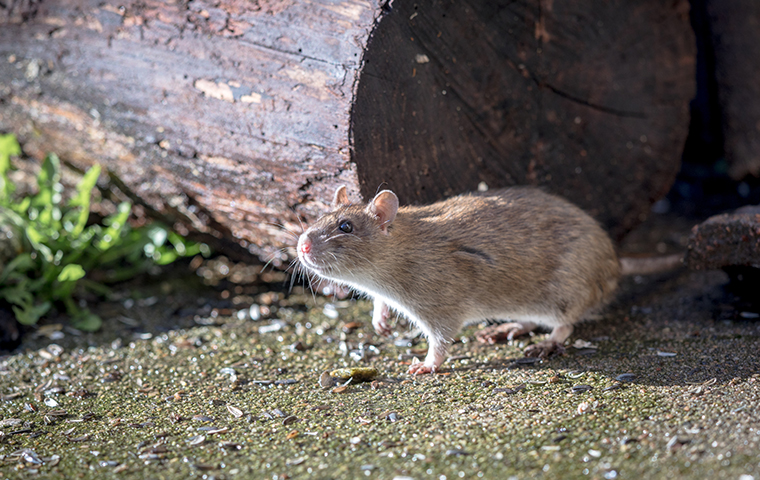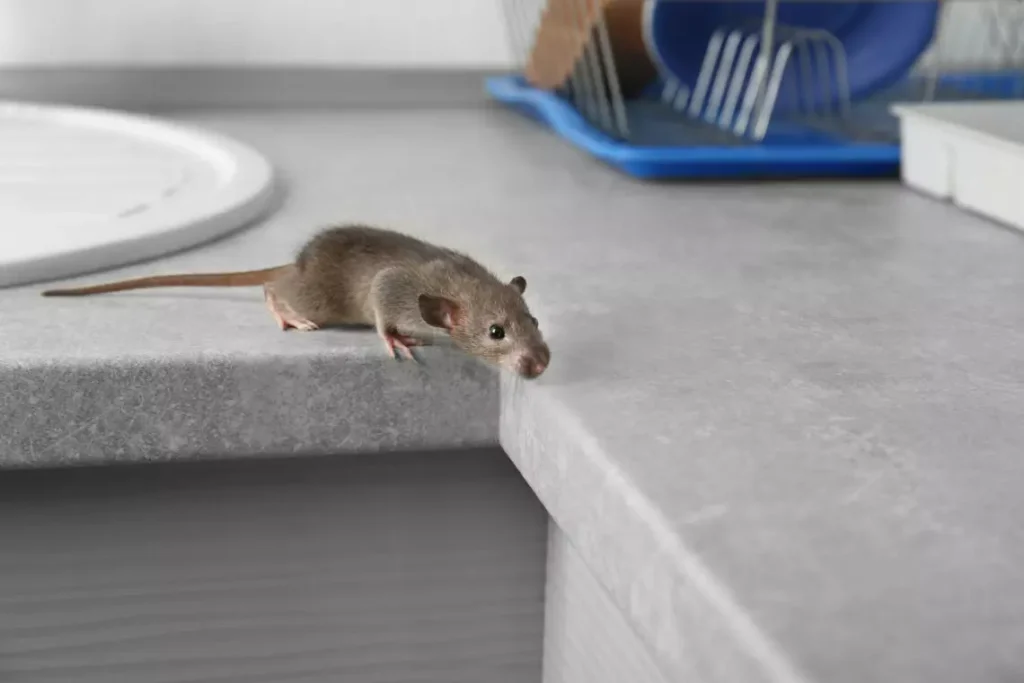Food-Safe Pest Control Systems: A Safer Future for Our Food?
Share
In an era where food safety and quality are paramount, finding innovative solutions to ensure that our food remains uncontaminated by pests is crucial. Traditional pest control methods have raised concerns over the safety of chemical residues in food production spaces. This gives rise to the need for more effective, reliable, and safe pest management solutions, where food-safe pest control systems come into play.
The idea of managing pests without compromising food safety is no longer a distant dream but a necessity driven by consumer demand and regulatory bodies. With food-safe pest control systems, we aim to minimize risks and enhance the quality assurance of food products distributed to the public.

Understanding Food-Safe Pest Control Systems
Food-safe pest control systems utilize innovative methods and technologies designed to manage and eliminate pests without the use of harmful chemicals. These systems are important in ensuring that food production areas remain uncontaminated by pesticides or insecticides that could affect human health.
However, integrating these systems requires an understanding of the facilities' specific needs and the pests they target. Technologies such as AI-driven traps and remote monitoring are at the frontline of innovative pest control measures. More about such technologies can be found in this [blog](https://trapx.io/blogs/news/remote-trap-management-for-restaurants).
The Importance of Food-Safe Systems
Prioritizing safe pest control methods brings numerous benefits, including the protection of public health and preservation of environmental integrity. The system ensures that contamination through chemical residues is minimized, keeping food safe for consumption. These systems can help reduce the reliance on harmful chemicals, providing a cleaner production environment.
Furthermore, these systems often involve advanced monitoring and reporting functions, allowing for better management and prediction of pest-related issues. This proactive approach is discussed in this [article](https://trapx.io/blogs/news/ai-trap-alerts-for-multiple-locations), illustrating how AI technology streamlines pest management across various industries.
How Do These Systems Work?
At the core of food-safe pest control systems is smart technology and environmentally friendly practices. Smart traps equipped with sensors can detect the presence of pests and relay the information to a centralized monitoring system. This system not only helps in identifying pest hotspots but also in optimizing the deployment of pest control resources more efficiently.
The use of natural barriers, ultrasonic devices, and non-toxic traps are common elements of these systems. These approaches focus on prevention and early intervention to reduce pest populations without resorting to traditional pesticide use. Learn more about these methods from this [external resource](https://boosbugstoppers.com/warehouse-rodent-control/).
Implementation in Various Settings
There is no one-size-fits-all solution. Food-safe pest management strategies should be tailored to the specific requirements of each facility, taking into account its unique environment and the species of pests likely to infest it. Industries such as restaurants, food processing plants, and warehouses benefit significantly from these systems.
For instance, the use of integrated rodent traps in restaurants is essential in maintaining hygiene standards and can be explored further through this [link](https://trapx.io/blogs/news/integrated-rodent-tech-in-restaurants).
Furthermore, food-safe pest control systems adapt to various scales of operation, whether it's an individual restaurant or a network of commercial facilities, as highlighted in this [resource](https://trapx.io/blogs/news/ai-pest-control-in-commercial-laundries).

Challenges and Future Prospects
While food-safe pest control systems hold significant promise, challenges such as upfront costs and technological adoption still exist. However, as technology advances and becomes more accessible, these barriers are expected to diminish, leading to more widespread adoption.
The future of pest control is likely to see an increased convergence of eco-friendly materials and smarter systems that provide real-time data and improve pest management efficiency. These prospects are fueling a new wave of innovation, ensuring a safer future for the food industry.
Frequently Asked Questions
What are food-safe pest control systems?
These systems employ methods and technologies to manage and remove pests without harmful chemicals, ensuring that food is safe and consumption is uncontaminated.
How effective are these systems?
They are highly effective when properly tailored to fit the specific pest and environmental challenges of a facility, capitalizing on the latest technologies and environmentally-sound products.
Are these systems cost-effective?
While initial implementation may involve higher costs, the long-term benefits, such as minimizing product loss and ensuring compliance, often lead to cost savings and increased efficiency.
This article contains affiliate links. We may earn a commission at no extra cost to you.
